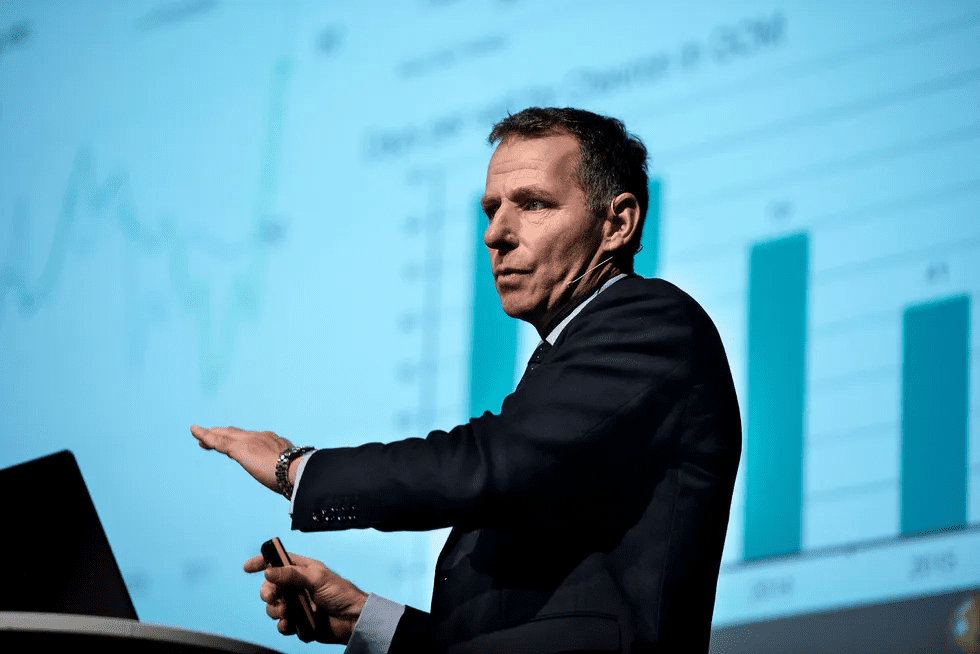Chief Executive Officer (CEO) of Rystad Energy, Jarand Rystad said the firm’s analysis shows there is a pathway for the decline in oil consumption to align with global climate targets aiming to limit global warming to between 1.6°C and 1.9°C by 2050. Despite a record-high anticipated global oil consumption of 105 million barrels per day (b/d) in 2024, Rystad sees a turning point in the oil industry, on the horizon.
The CEO said, “Although we see tremendous growth in renewables, the oil and gas age is not behind us… Global oil consumption is now likely to reach a record high level of 105 million barrels per day in 2024, with oil service segments running at full capacity to meet the call.”
He contrasted this with the pre-pandemic trajectory, which predicted consumption would reach 108 million barrels per day by 2024, noting the pandemic’s unexpected role in moderating growth and benefiting the climate.
“Looking ahead at the 12 main oil consumption segments, seven are probably already past their peak levels and in structural decline,” Rystad explains. These declines across various sectors, including power generation, buildings, and transportation, indicate a potential plateau in oil demand between 2025 and 2030, followed by a decline in the 2030s.
Rystad is of the view that the three oil consumption segments – aviation, petrochemical and other non-energy use like asphalt and lubricants – are poised for longer-term structural growth
The firm has elucidated that the projected decline in oil consumption does not preclude the need for continued investment in oil production; highlighting the need for a critical balance between meeting demand and advancing towards climate goals. “If investments in oil production were to dry up completely, supply would drop to 10 million b/d by 2050,” the firm warned.
Rystad Energy’s scenarios, ranging from a slow transition (2.2°C of global warming) to a fast transition (1.6°C), offer varied outlooks on future demand, yet consistently underscore the importance of adaptation and investment. The firm estimates that “Upstream oil production will need to total more than 550 billion barrels to meet demand under the 1.9°C scenario, approximately 700 billion barrels in the 2.2°C scenario and 440 billion barrels in the 1.6°C scenario.”
In the broader context of global efforts to mitigate climate change, countries with cleaner burning crudes, such as Guyana, are positioned to play a pivotal role in the latter stages of the oil transition. Rystad’s projection of Guyana becoming one of the world’s largest deepwater producers in coming years validates that role, given that other producers are projected to reduce oil output as they transition.



